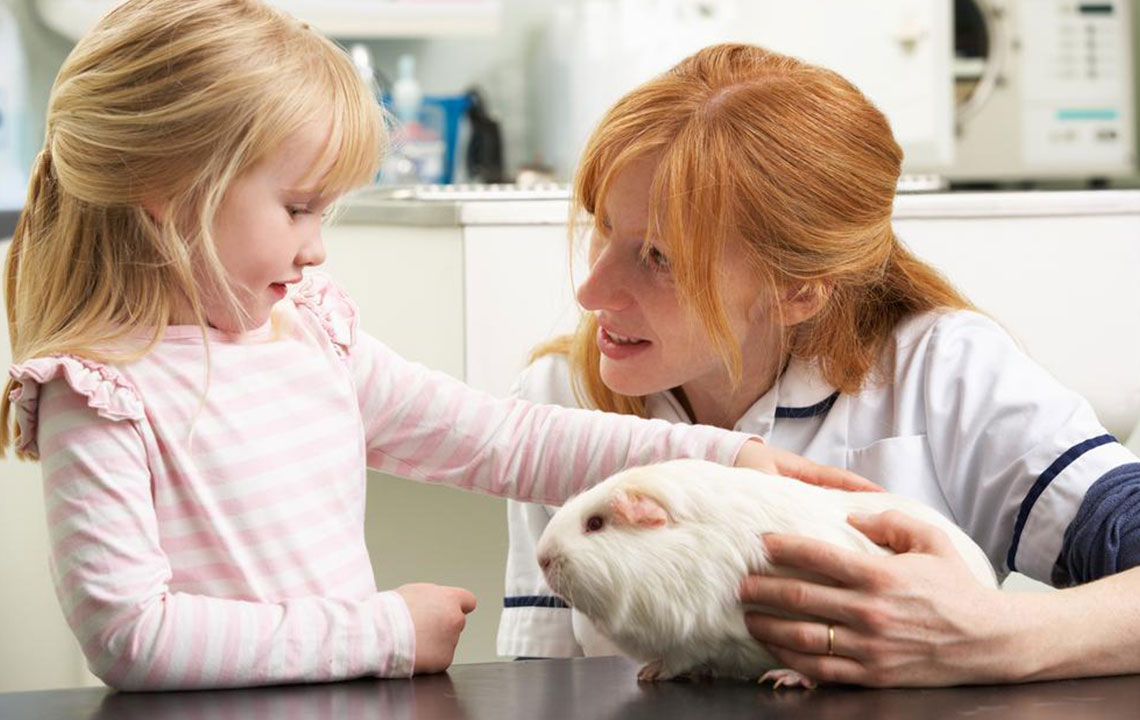A Guide to Pet Insurance Costs and Factors Influencing Premiums
This comprehensive guide explains pet insurance costs, including premiums, coverage options, discounts, and key factors influencing rates. It helps pet owners make informed decisions to protect their pets financially against unexpected medical expenses.

A Guide to Pet Insurance Costs and Factors Influencing Premiums
For pet owners without substantial savings but desiring veterinary care coverage, pet insurance is a practical option. It helps offset unexpected medical bills from injuries or illnesses, which can be expensive. This article highlights typical expenses related to pet insurance and discusses key elements that affect premium rates, aiding pet owners in selecting suitable plans.
Average Cost Estimates
Monthly premiums for cat insurance usually fall between $15 and $18, depending on age.
Dog insurance costs range from $22 to $28 monthly, influenced by breed and age.
Most providers offer at least two coverage options: basic and comprehensive.
Coverage Details
Standard policies generally cover various illnesses and injuries, with annual limits and exclusions for pre-existing conditions. Typical conditions covered include cancer, diabetes, fractures, pancreatitis, and gastrointestinal problems.
Pet owners usually pay veterinarians upfront and submit claims for reimbursement, which are processed within approximately 30 days.
Additional Costs
In addition to the premiums, policies may impose deductibles of $50 or more, with co-payments varying between 10% and 50%.
Pre-existing or hereditary issues like hip dysplasia are frequently not covered.
Optional plans for routine care, costing around $200 annually, can include vaccinations, dental cleanings, and parasite prevention, adding roughly $8–$10 each month.
Potential Discounts
Group discounts may be available through employers or associations.
Many insurers offer a 5–10% discount when insuring multiple pets in the same household.
Key Factors Affecting Premiums
Insurance Company: Pricing varies among providers, so comparing options can help find affordable coverage.
Location: Veterinary costs depend on regional prices, influencing premium amounts.
Deductibles: Higher deductibles lower monthly costs but increase out-of-pocket expenses during claims.
Reimbursement Percentage: The share of veterinary bills covered; 100% offers full coverage, while 80% means some costs are paid by the owner.
Important Note:
This article provides general insights based on thorough research. However, it is not exhaustive, and readers should seek additional information to choose the best coverage suited to their needs.


